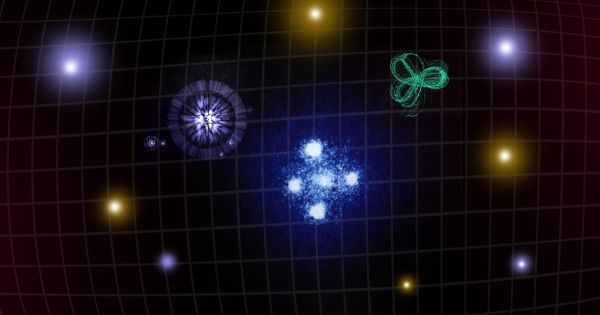Einstein’s theory of relativity described gravity as the distortion of space and time—which bend and stretch based on the masses of objects within them as well as the energy released from the phenomena. A few years later however, we gained awareness of the confusing world of quantum physics as physicists discovered the existence of very small particles—which were later found to affect even the biggest, most powerful phenomena in the universe.
This led to the discovery of force-carrier particles, or bosons, behind three of the fundamental forces governing the universe: the electromagnetic field has photons, the strong nuclear force has gluons, and the weak force is carried by W and Z bosons. This leaves gravity out. Physicists hypothesize that, if the other three fundamental forces have a corresponding quantum theory, there must be a particle behind gravity too.
In an attempt to marry gravity with quantum theory, physicists came up with a hypothetical particle—the graviton. The graviton is said to be a massless, stable, spin-2 particle that travels at the speed of light.
